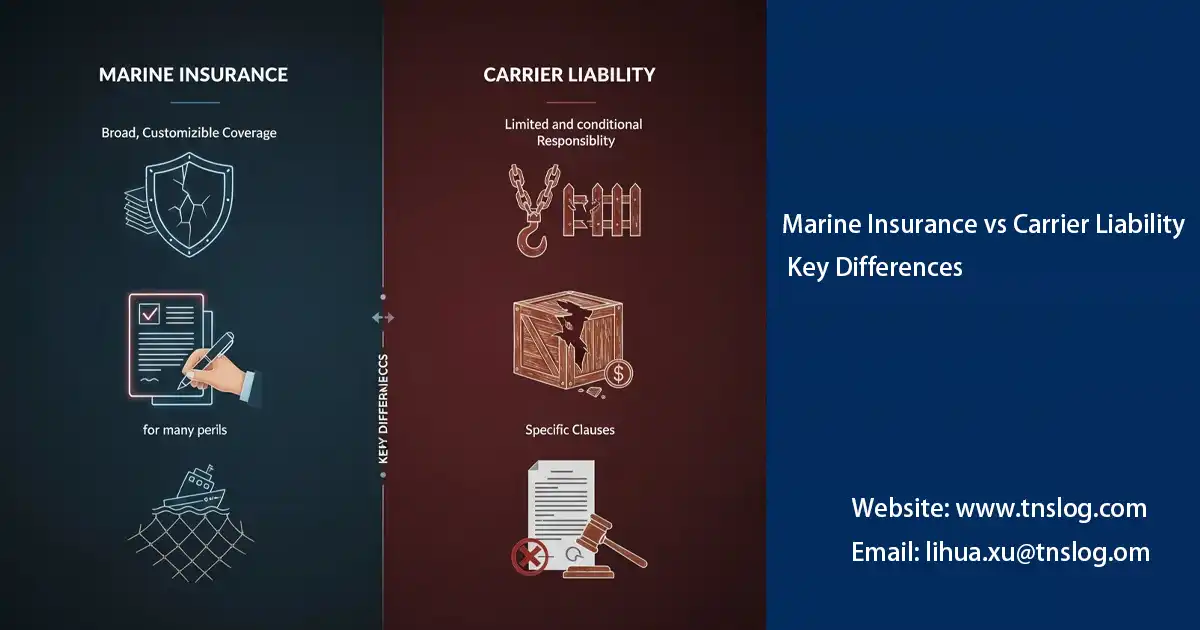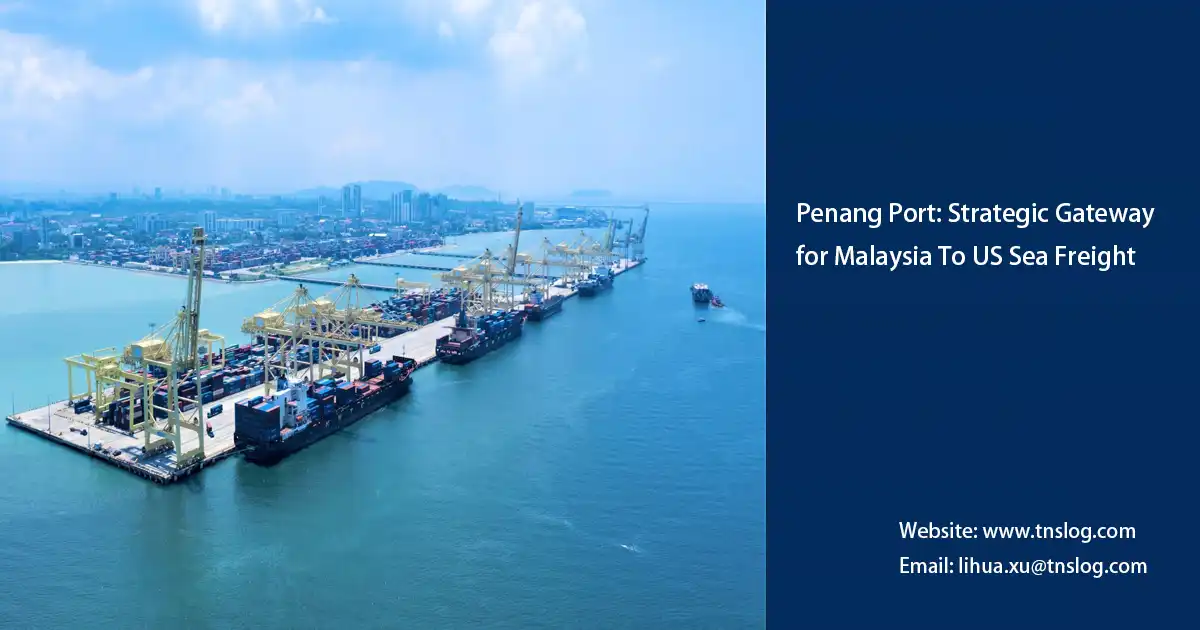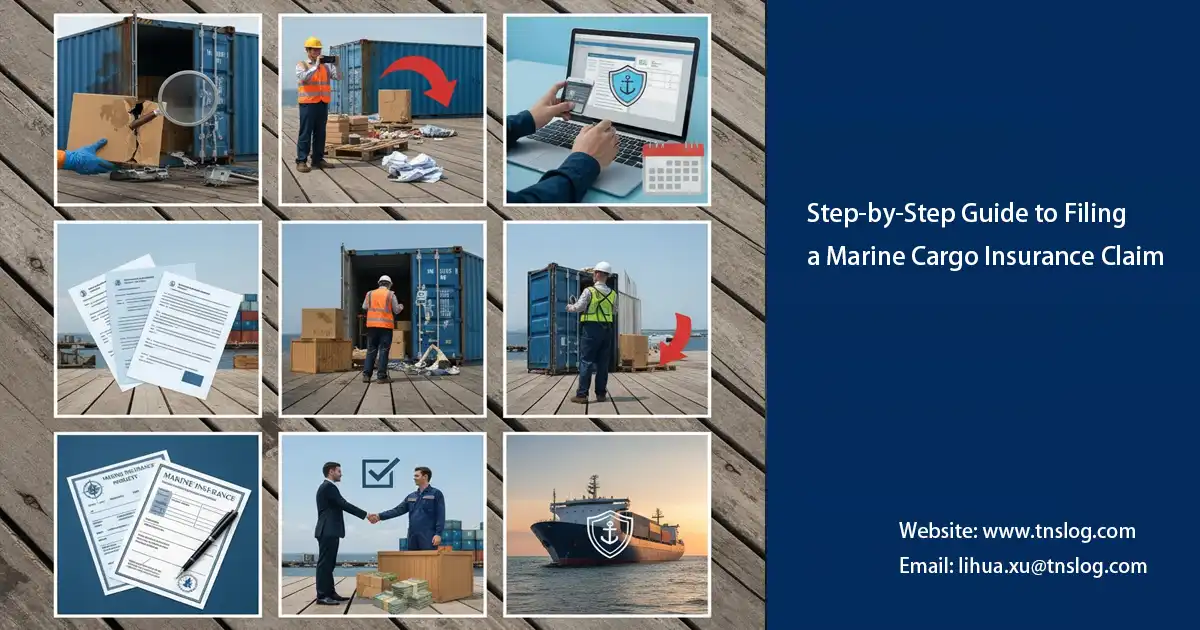What Is Marine Cargo Insurance and Why It Matters in Global Shipping?
Have you ever wondered what would happen if your cargo was lost, damaged, or delayed in the middle of the ocean?
For many exporters and importers, a single incident at sea can lead to massive financial losses, disrupted supply chains, and even lost clients. Despite spending months negotiating prices and securing transport, few truly consider the risks once their goods are loaded onto a vessel. This is where marine cargo insurance becomes essential.
Marine cargo insurance protects your shipment against unpredictable risks during sea transportation — from rough weather and container drops to theft or accidents. In today’s global shipping landscape, where cargo moves through multiple hands and ports, having the right insurance isn’t just a formality — it’s a vital safeguard for your business continuity and peace of mind.
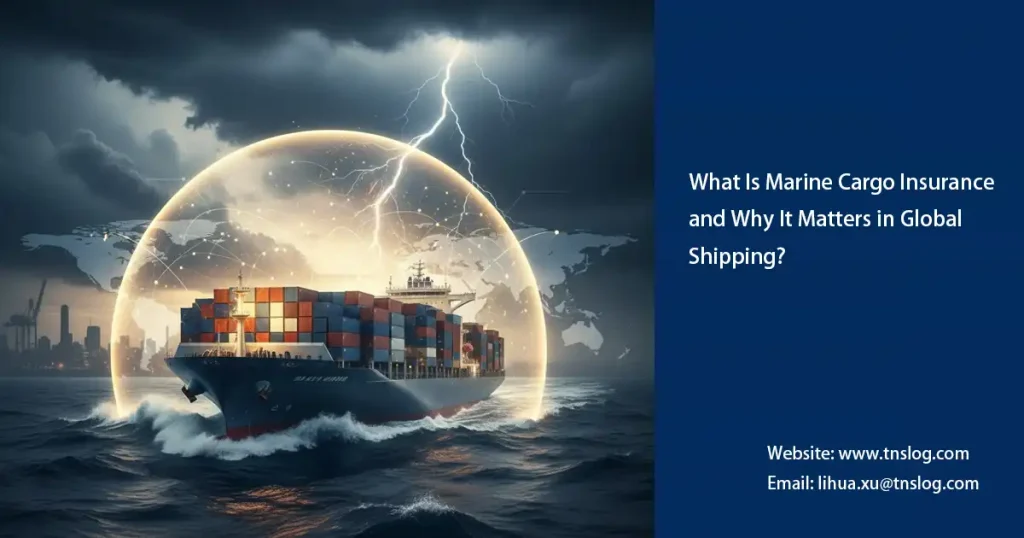
What is Marine Cargo Insurance?
Marine cargo insurance is a policy designed specifically for goods shipped by sea, air, rail, or road, protecting them from loss or damage during transit. Unlike conventional property insurance, which covers static assets like warehouses, marine cargo insurance focuses on the dynamic journey—from the moment the goods leave the seller’s premises until they reach the buyer.
Rooted in centuries-old maritime law, it ensures businesses are not left helpless in the event of an unforeseen event. In 2024 alone, the International Union of Marine Insurance reported global claims exceeding $50 billion, highlighting why this coverage is essential for cross-border trade. For a deeper understanding of how marine cargo insurance works in international trade, read our article, “How Marine Cargo Insurance Works in International Trade.“
What does marine cargo insurance cover?
Coverage varies by policy, but standard marine cargo insurance generally follows the Cargo Clauses (ICC) issued by the Institute of London Underwriters. Here’s a breakdown:
All Risks (ICC A): The broadest option, covering loss or damage from any external cause, unless specifically excluded (such as war, strike, or inherent vice, such as deterioration).
Limited Risks (ICC B/C): More limited, protecting against major perils such as fire, explosion, collision, abandonment or overboard—plus total loss resulting from the ship’s stranding or sinking.
Key perils include: Accidental damage during loading and unloading, Theft, non-delivery, or pilferage, Contamination by seawater or other cargo.
Pro Tip: Always choose Warehouse to Warehouse coverage to bridge the gap between shipping modes. Curious about the common causes of cargo damage? Check out Top Causes of Cargo Damage in Ocean Shipping to help you stay ahead of the curve.
The difference between marine cargo insurance and other types of insurance
| Aspect | Marine Cargo Insurance | Property Insurance | Liability Insurance |
|---|---|---|---|
| Coverage Scope | Goods in transit (sea/air/land) | Fixed assets (buildings, warehouses) | Third-party injury/loss |
| Covered Risks | Marine perils, theft, collision | Fire or theft during storage | Bodily injury, property damage |
| Duration | Specific voyage (from origin to destination) | Annual or continuous coverage | Triggered by event occurrence |
| Typical Cost | 0.1–2% of cargo value (depending on route/risk) | Fixed premium based on asset value | Based on exposure/risk level |
| Best Suited For | Exporters/importers in global trade | Retailers with static inventory | Carriers or forwarders facing legal claims |
Why Marine Cargo Insurance is Important for Exporters and Importers?
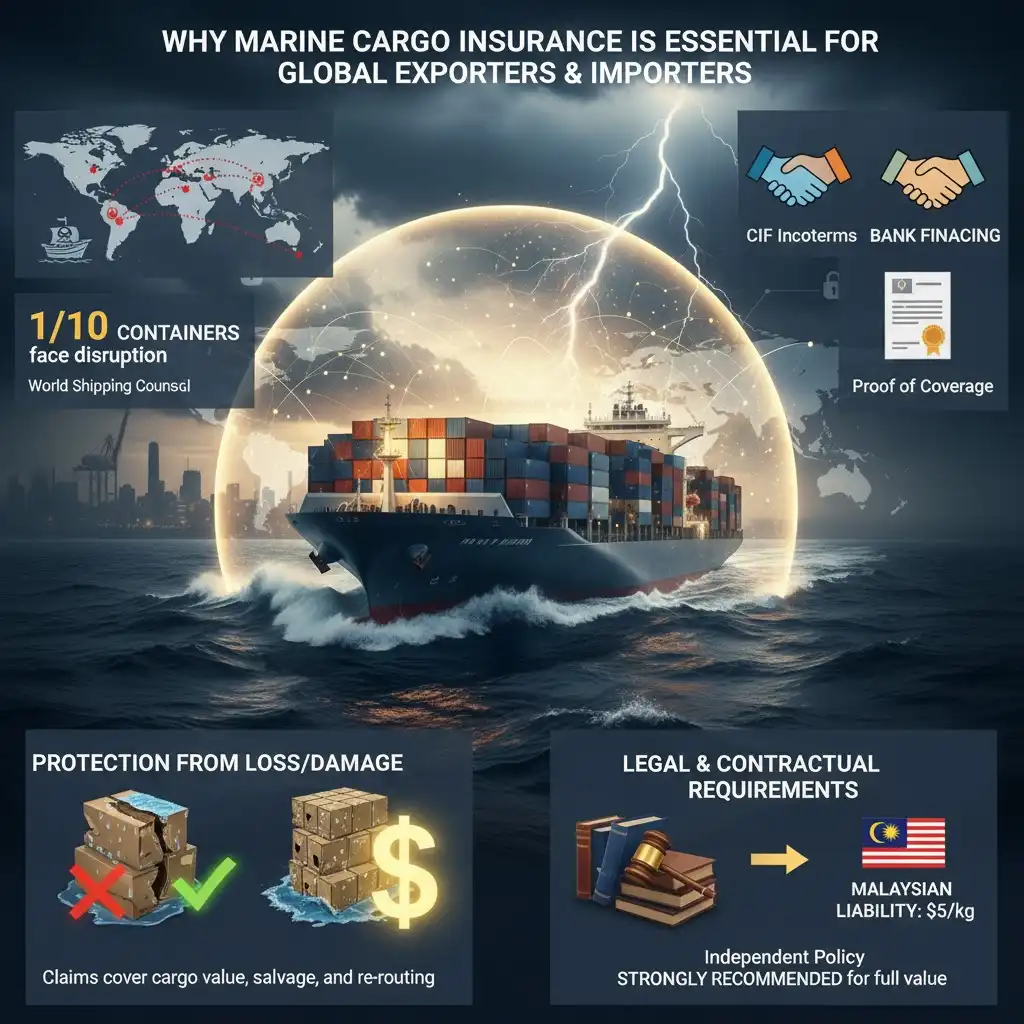
Protect cargo from loss or damage
Legal and contractual requirements
How to Choose the Right Marine Cargo Insurance Policy?
- Assess your risk profile: Analyze your cargo type, routing, and historical data. For example, if high-value electronics are transiting the Suez Canal, which carries a high risk of theft, you should prioritize all-risk insurance (ICC A) and add a war risk rider. Use tools like the IMO’s Route Risk Assessment Report to quantify potential losses (e.g., an estimated annual loss rate of 0.5%). As a local agent, we offer free risk audits.
- Compare providers and quotes: Contact at least three top brokers, such as AIG, Chubb, or TNSLOG in Malaysia. Request a personalized quote based on your specific cargo value (e.g., a $100,000 shipment) and routing (Asia-Europe). Check AM Best or S&P financial ratings to ensure the provider is rated A or above. Also, compare premiums: For standard routings, all-risk insurance may only cost 0.3–0.8% of the cargo value.
- Customize riders: Expand coverage based on specific challenges. For example, add “contamination and exposure” clauses for fragile cargo; for intermodal shipments, include a “liability transfer” extension. Avoid default policies—If your shipment involves chemicals, ensure you meet the specific coverage requirements outlined in the IMDG code. We can assist with integrating local regulatory compliance.
- Review deductibles and clause details: When choosing a deductible, consider the cost-versus-convenience tradeoff: a $2,500 deductible might be suitable for small, frequent claims, while a $10,000 deductible might be suitable for high-volume, low-risk shipments. Carefully review the “claims time limit” (typically 90 days) and “dispute resolution” clauses (e.g., arbitration seated in London) to prevent cross-border disputes.
- Digital tools and annual reviews: Use online platforms like CoverWallet or InsurTech applications like TradiGen to obtain instant, simulated quotes, and integrate APIs with your ERP system to automatically track shipments. Review your coverage annually to adjust it to align with business growth—for example, expanding into emerging markets like routes to Africa. Our services include annual insurance optimization consultations.
You may also be interested in
Have Anything To Ask Us?
Please fill in your email in the form and we’ll get back to assist you soon!


